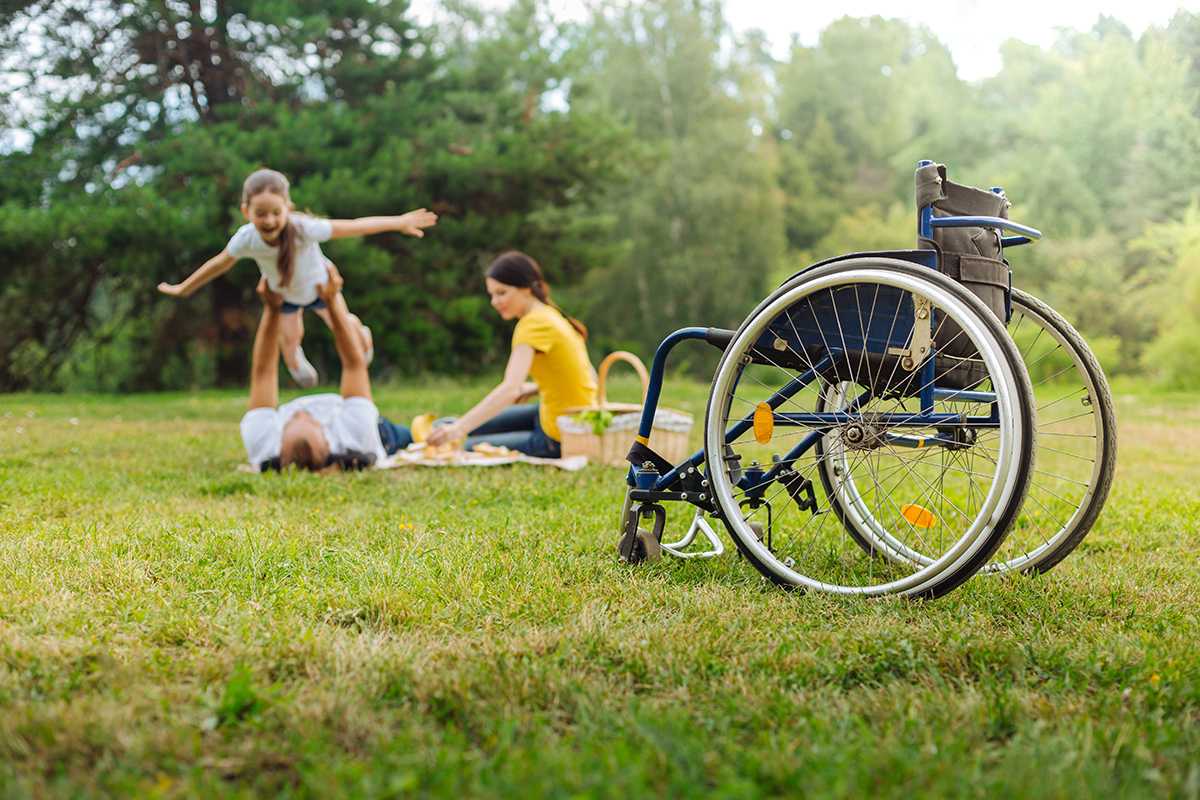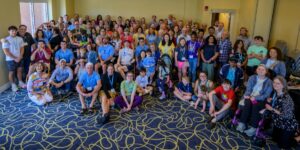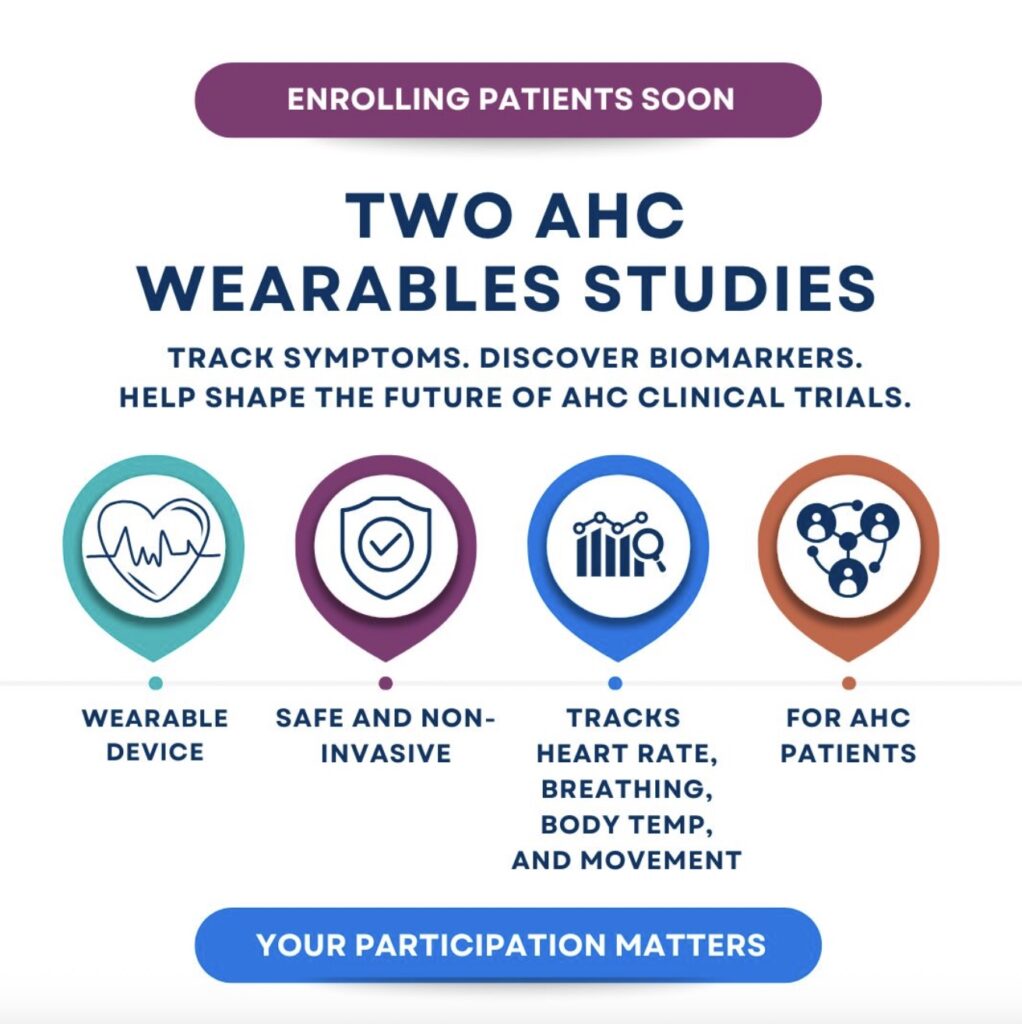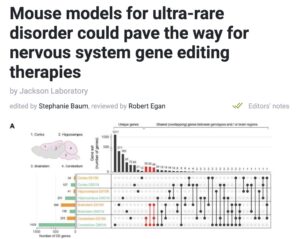Cairns, Australia – September 15–16, 2025
The 13th ATP1A3 in Disease Symposium was held in Cairns, Australia, on September 15–16, 2025. The meeting took place just before the triennial P-type ATPase Symposium. The ATP1A3 meeting was organized by Dr. Melody Li from the Florey Institute of Neuroscience and Mental Health in Melbourne, while the P-type ATPase Symposium was hosted by Dr. Ron Clarke from the University of Sydney. To accommodate international participation, parts of the conference were conducted virtually and recorded for later viewing. Several sessions were held jointly with the P-type ATPase meeting, reflecting shared scientific interests and overlapping research themes. In addition to the scientific sessions, the program included three presentations from parents sharing their “lived experiences,” which emphasized the human impact of ATP1A3 disorders. Rare disease advocates also contributed to the meeting, underscoring the importance of partnerships between families, researchers, and clinicians.
Because many presentations included unpublished findings, this summary focuses on general topics and highlights rather than specific data.
The symposium featured a keynote lecture by Dr. Kathleen Sweadner (Massachusetts General Hospital), who presented recent advances in understanding how ATP1A3 mutations disrupt cellular functions. Her talk provided a foundation for many of the discussions that followed. Dr. Sweadner shared a detailed analysis of 280 ATP1A3 variants to emphasize relationships between protein structure, molecular mechanisms and disease features. She described four distinct clusters of mutations that track with RDP, AHC, intractable epilepsy and severe developmental delay, or disorganized brain structure. These correlations between ATP1A3 structure and possible disease mechanisms help understand why different genetic variants cause different diseases.
Sessions 1 and 4 explored clinical features and disease mechanisms of ATP1A3-related disorders. Dr. Mohamad Mikati from Duke University discussed sudden unexplained death in alternating hemiplegia of childhood (AHC), showing that in animal models, clusters of seizures often led to breathing pauses and slowing of the heart rate, creating a vicious cycle that intensified both problems. Dr. Arn van den Maagdenberg from Leiden University described studies on spreading depolarizations, which are waves of electrical disturbance in the brain, occur in migraine models caused by mutations in ATP1A2, a gene closely related to ATP1A3. His findings suggested that drugs aimed at suppressing these spreading events might help patients with AHC. Dr. Sanjay Sisodiya of University College London spoke about the growing awareness that environmental factors, including temperature changes linked to climate change, can affect symptoms in neurological disorders.
In the latter part of these sessions, Dr. Piero Perucca from the University of Melbourne discussed how to design clinical trials for rare genetic epilepsies. He highlighted that while the gold standard remains the randomized, placebo-controlled trial, such designs can be impractical for rare disorders. Alternative approaches, such as “N-of-one” studies or the use of natural history data for comparison, may provide meaningful results. Dr. Tania Farrar from the Royal North Shore Hospital in Sydney presented a challenging clinical case of a patient with an ATP1A3 mutation who developed both psychosis and epilepsy, stressing the importance of balancing medication benefits against potential side effects. Dr. Gareth Miles from the University of St. Andrews described research on spinal motor neurons in a mouse model of rapid-onset dystonia-parkinsonism (RDP). His team found that a key neuronal activity known as the ultra-slow after-hyperpolarization, which depends on ATP1A3 function, was missing in mutant mice, consistent with impaired pump activity.
Session 2 focused on natural history and long-term studies of ATP1A3-related conditions. Dr. Allison Brashear from the University at Buffalo presented findings from a long-term study of RDP showing that, over more than five years of follow-up, most patients exhibited stable neurological and psychiatric symptoms. Some individuals in their study showed improvement or worsening, and a few developed new problems such as headaches or seizures. Dr. Eleni Panagiotakaki from the University Hospitals of Lyon proposed a simplified classification system for ATP1A3 disorders, dividing them into two categories: early-onset encephalopathy with paroxysmal spells (EPS), which includes AHC, and acute encephalopathic episodes with sequelae (AES), which includes RDP, CAPOS, RECA, and FIPWE. She noted that some patients may show overlapping features between these two groups. Dr. Shital Patel from Duke University shared results from a prospective study of 115 AHC patients, showing that the disorder tends to worsen during early childhood, especially in cognitive development, before stabilizing later in life. Epilepsy may further affect developmental outcomes, though more study is needed to confirm this relationship.
Session 3 addressed experimental models used to study ATP1A3 disorders. Dr. Markus Terrey from The Jackson Laboratory described progress in developing mouse models of AHC carrying either the D801N or E815K mutations, which are now being used to test gene-editing and antisense oligonucleotide therapies. His group is also engineering mice that contain human versions of ATP1A3 to make future genetic treatments more precise. Dr. Anne Hart from Brown University presented work using the microscopic worm C. elegans as a model system. Despite evolutionary distance, one worm gene called eat-6 resembles human ATP1A3, allowing researchers to observe how disease-causing mutations affect nerve function. These models will be useful for drug screening and for finding genetic factors that might lessen disease severity. Dr. Al George from Northwestern University discussed research using patient-derived stem cells to generate human neurons for studying how ATP1A3 mutations alter electrical signaling. His work revealed that while several mutations share a common defect in ion pumping, others cause distinct abnormalities, illustrating the biological complexity of these disorders.
Session 5 was held jointly with the P-t_y_p_e_ _A_T_P_a_s_e_ _S_y_m_p_o_s_i_u_m_ _a_n_d_ _f_o_c_u_s_e_d_ _o_n_ _N_a_⁺/_K_⁺-ATPase isoforms and their disease relevance. Dr. Sho Yano from the University of Chicago r_e_v_i_e_w_e_d_ _t_h_e_ _f_o_u_r_ _h_u_m_a_n_ _N_a_⁺/_K_⁺-ATPase genes (ATP1A1, ATP1A2, ATP1A3, and ATP1A4) and described how mutations in ATP1A1 can lead to both neurological and kidney disorders. Dr. Rikke Holm from Aarhus University presented findings showing that a second mutation could partially restore ATP1A3 function in mice, a discovery that might guide the development of small molecules to mimic this rescuing effect. Dr. Elena Arystarkhova from Massachusetts General Hospital reported that the G947R ATP1A3 mutation causes abnormal processing of the pump protein and structural defects in the Golgi apparatus (a protein sorting machinery inside cells), possibly related to disturbed internal pH regulation. Finally, Drs. Chia-Chi Liu and Helge Rasmussen from the University of Sydney explained how oxidative stress can chemically modify the pump protein, inhibiting its functi_o_n_._ _T_h_e_y_ _l_i_n_k_e_d_ _t_h_i_s_ _p_r_o_c_e_s_s_ _t_o_ _r_e_d_u_c_e_d_ _N_a_⁺/_K_⁺-ATPase activity in the placenta during pre-eclampsia and demonstrated that activating certain receptors could reverse the problem in laboratory models.
Session 6 highlighted therapeutic approaches, both experimental and clinical. Dr. Byung Yoon Choi from Seoul National University described how early cochlear implantation can restore hearing in patients with CAPOS syndrome, even when the auditory nerve shows degeneration. Dr. Elisa De Grandis from the University of Genova discussed treatment strategies for prolonged seizures in AHC, emphasizing the need for individualized emergency plans and for training parents to give medications such as benzodiazepines promptly at seizure onset. In an inspiring presentation, Dr. Sam John from the University of Melbourne discussed advances in brain-computer interfaces that may one day allow individuals with paralysis or severe neurological disorders to communicate or control devices directly with their thoughts. Dr. Jinsong Bian from Southern University of Science and Technology in Shenzhen described research in Parkinson’s disease suggesting that stabilizing ATP1A1 with a therapeutic antibody can lessen disease severity in animal models, offering a potential non-drug treatment pathway.
The final scientific session, Session 7, focused on new genetic technologies. Dr. Alexander Sousa presented groundbreaking work using base and prime editing to correct five ATP1A3 mutations in human cells and two in mice, showing marked improvement in neurological symptoms in the treated animals. This study, published in August 2025, provides early proof that gene editing could become a realistic treatment for ATP1A3-related diseases. Dr. Daniel Calame from Baylor College of Medicine discussed a rare category of ATP1A3 variants that affect RNA splicing. These “splice-site” mutations are uncommon, and their impact is not fully understood. More work is needed to determine their role in disease. Dr. Erin Heinzen from the University of North Carolina concluded the session with a presentation on new genome-wide screening methods that use CRISPR technology to identify other genes influencing disease mechanisms, an approach that may reveal new therapeutic targets in the future.
The meeting concluded with several talks on Global Advocacy efforts. Nina Frost, co-founder and president of Rare Hope (formerly Hope for Annabel), presented findings from patient-reported studies designed to identify the most meaningful disease experiences from families’ perspectives. This work aims to guide researchers toward outcomes that matter most to patients. Simon Frost, co-founder of Rare Hope and president of CURE AHC, described a vision for accelerating rare disease research through shared platforms that allow collaboration across multiple conditions, reducing duplication and speeding discovery. Rémi Orhand, president of the French AHC Family Association, and patient advocate Mirjana Pavlicek described how the newly formed AHC Federation of Europe brings together 14 national organizations representing over 300 families to strengthen advocacy, fundraising, and patient recruitment for research.
The symposium concluded with the announcement that the 14th ATP1A3 in Disease Symposium will be held in Paris in 2026, continuing the global collaboration among scientists, clinicians, and families working to better understand and treat ATP1A3-related diseases.









